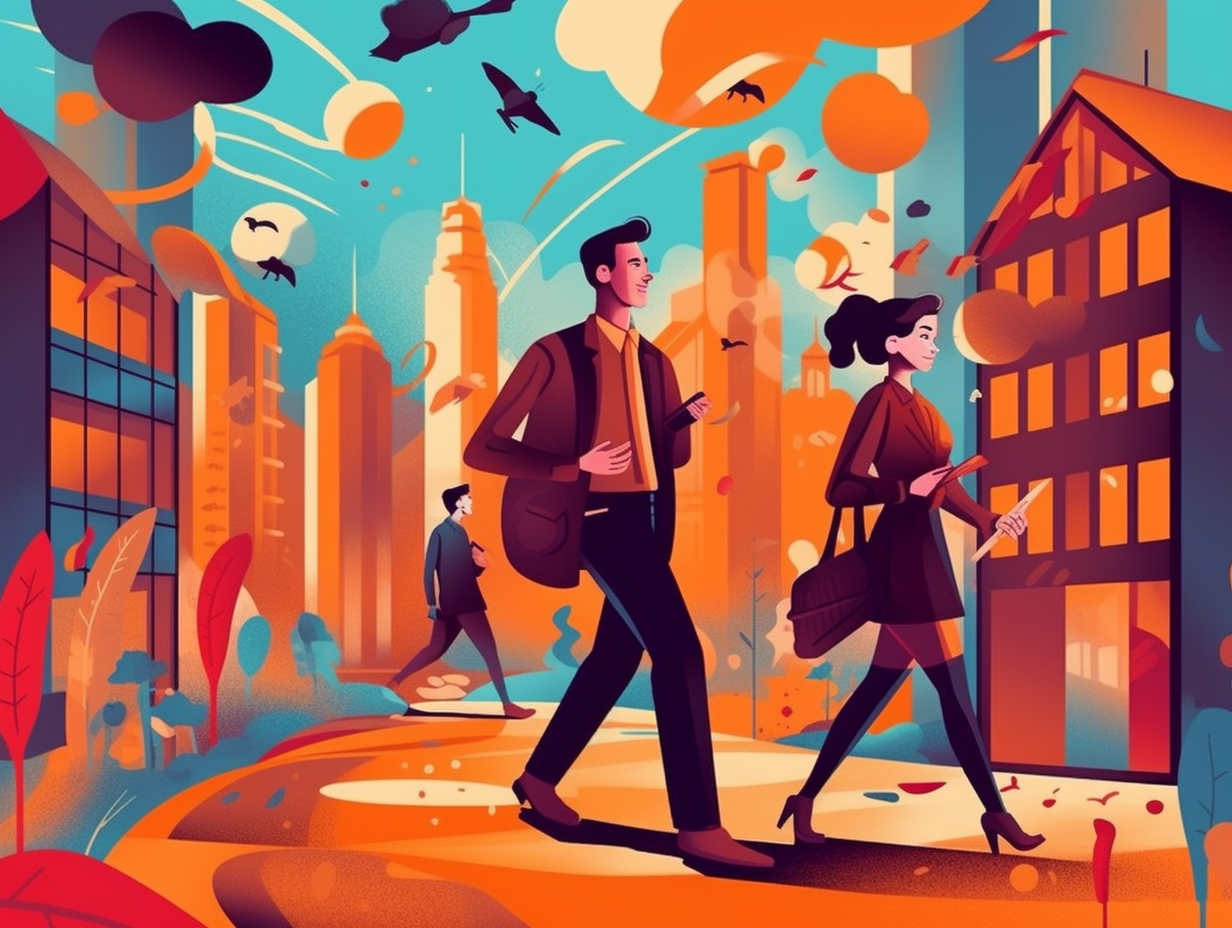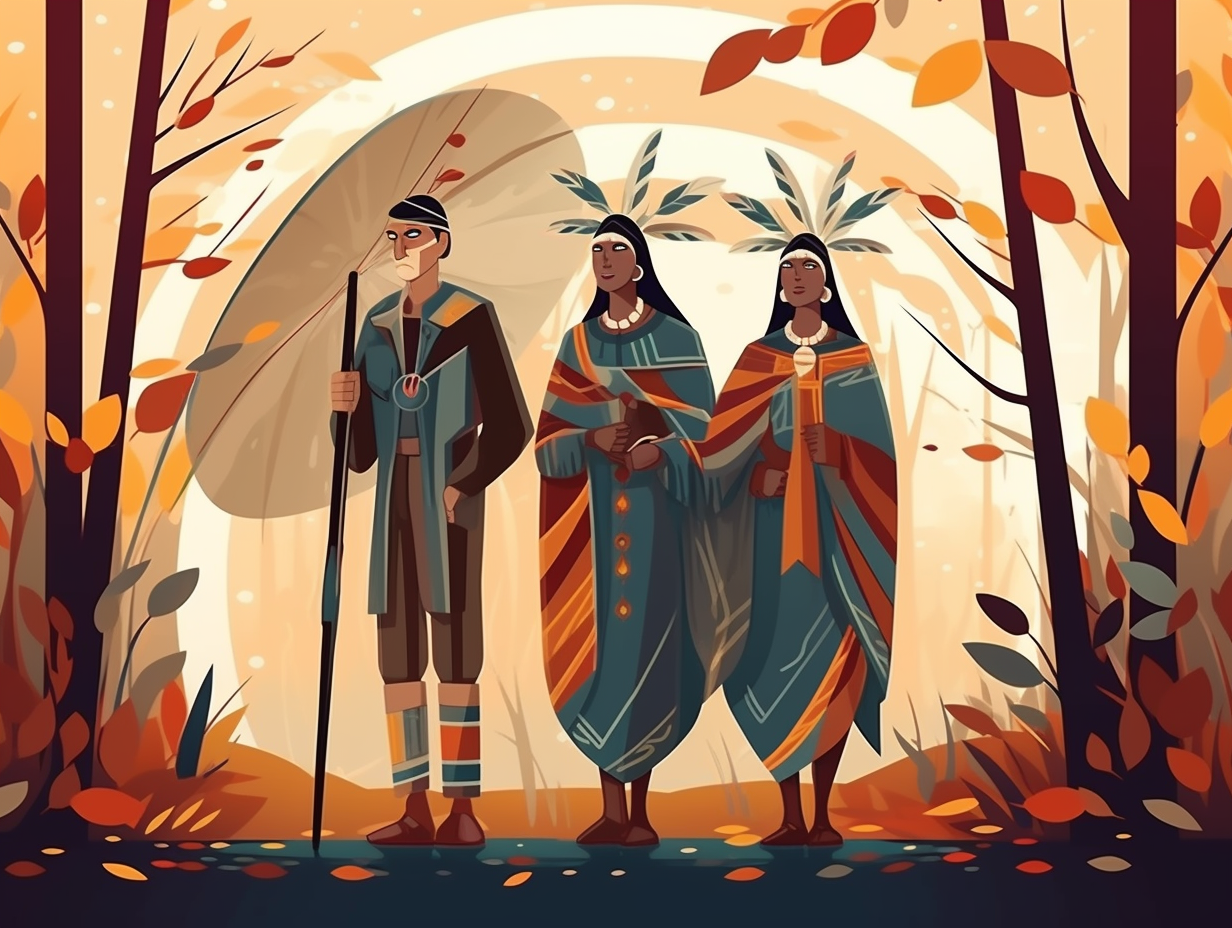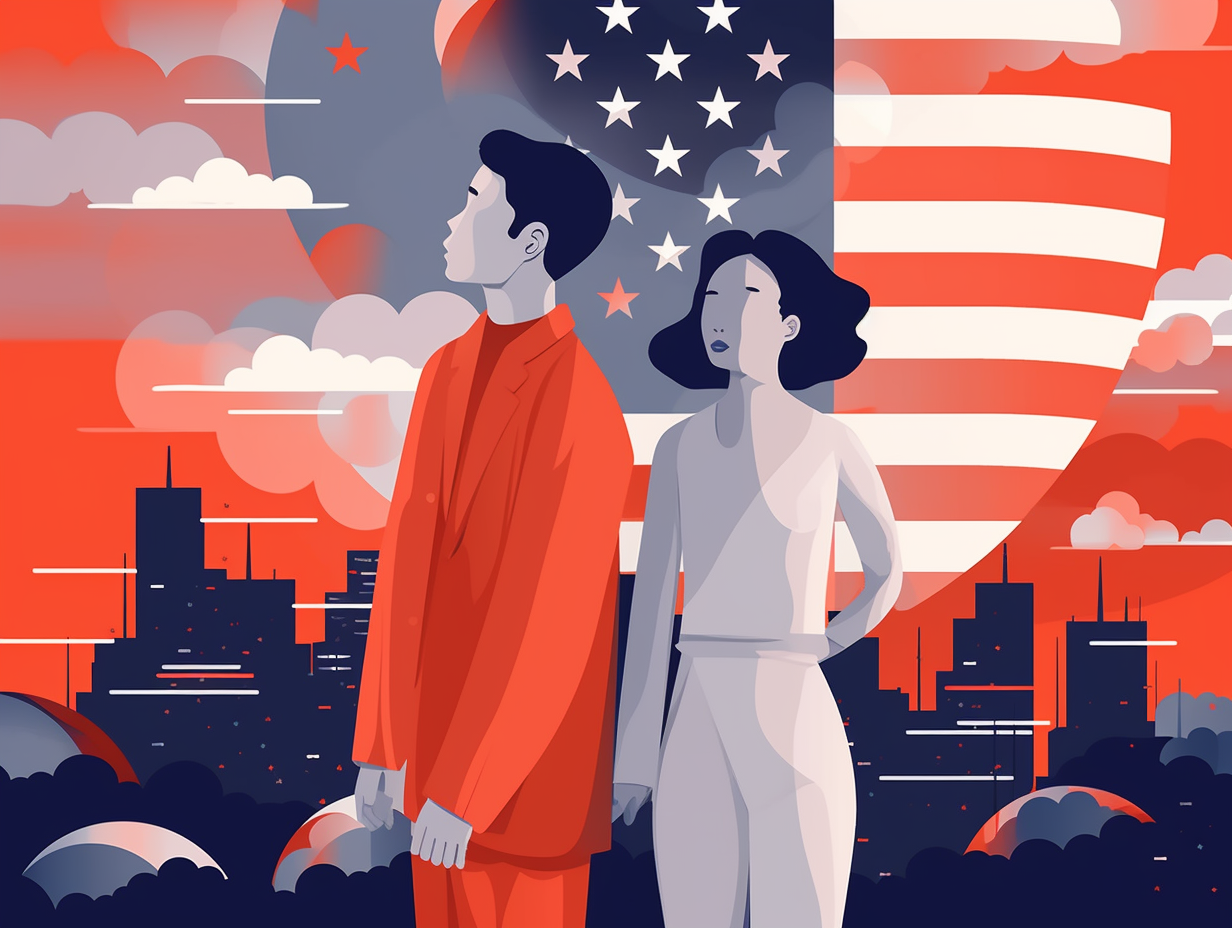Discover the Top 12 Fun and Fascinating Facts About Special Education You Never Knew!
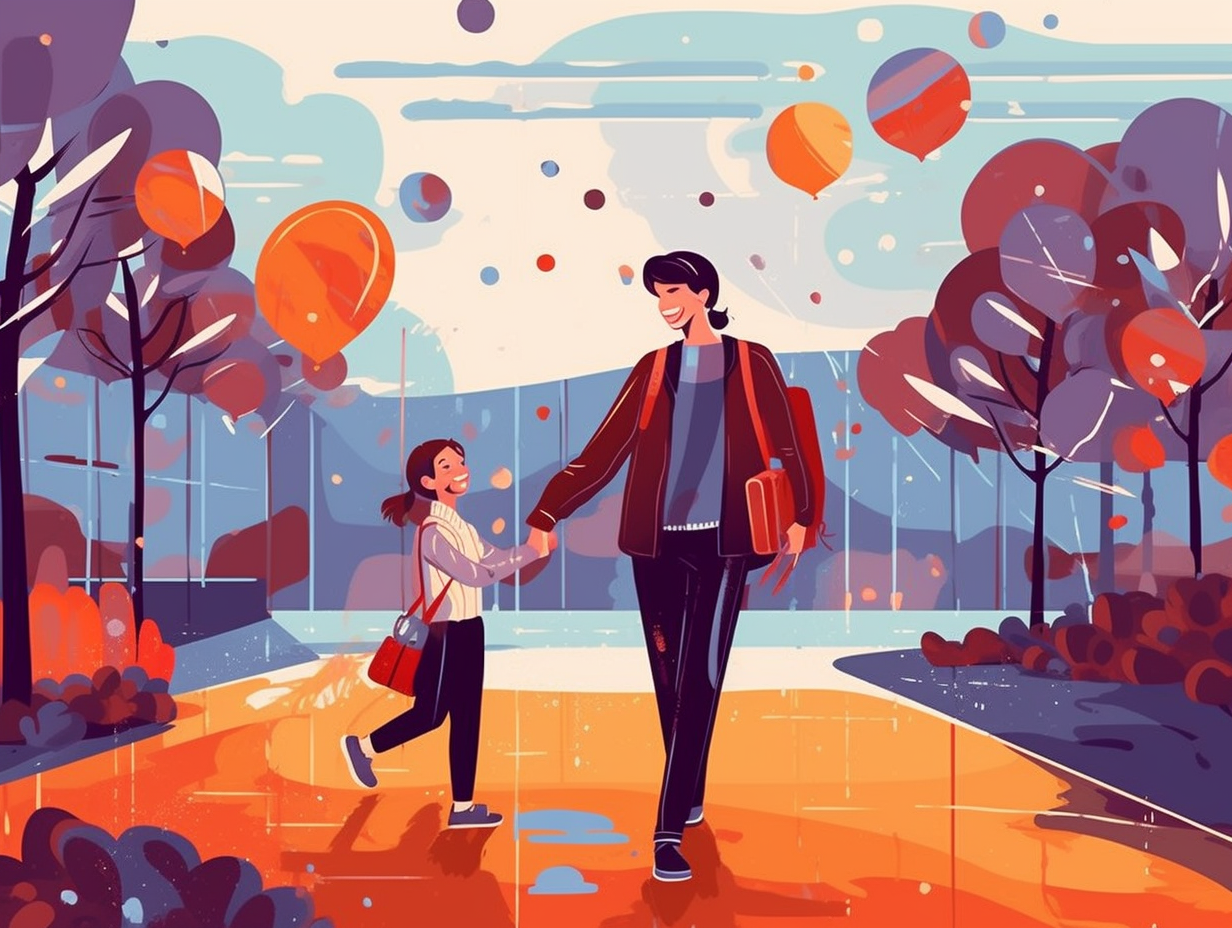
1. Fashionably Tactile: The Boston Line Type
Before there was Braille with its stunning tactile runway of raised dots: there was Samuel Gridley Howe, rocking the 19th century with his Boston Line Type, an embossed writing system that was like a minimalist and chic cousin to the other raised letters of the time. His blind students could fashionably kick it with these more compact and economical characters, and in a magnanimous plot twist, Howe even printed tactile books for visually impaired folks all over the country, bringing literacy and education to the masses in a fabulously tactile way.
Source => perkins.org
2. The Bee-utiful Origins of the IQ Test
Before Binet took flight on the wings of his IQ test, he first had to rummage through the minds of grade schoolers like a determined bee in search of the sweet nectar of intelligence: Alfred Binet, the French psychologist, originally developed the first intelligence test in 1904 to gauge the mental abilities of young students and spot learning disabilities, later tweaking it with Theodore Simon to incorporate age-specific scales and mental age–thus, birthing the modern IQ test we know today.
Source => study.com

Discover the magical history of the U.S. Department of Education, from its 1867 inception to its Cabinet-level resurrection in 1979! Hogwarts, eat your heart out! 🎓✨🇺🇸
=> Fun Facts about The-Department-Of-Education
3. Help Wanted: Special Education Heroes
It's a bird, it's a plane, nope, it's just a bunch of beleaguered special education teachers seeking reinforcements: In the United States, special education teaching positions are among the most underfunded and understaffed, as a nationwide survey found that 42 out of 53 states reported ongoing shortages - especially for special education and STEM teachers. The National Center for Education Statistics also revealed that a whopping 78% of K-12 public school principals struggled to fill these positions with fully certified teachers at the start of the school year, proving that these superheroes of education could use some more caped crusaders on their team.
Source => abcnews.go.com
4. IDEA: The Fairy Godmother of Education
Once upon a time in the not-so-magical land of pre-1975 America, children with disabilities were treated like Cinderella before her fairy godmother came along – kept away from the grand ball that was public education: Thanks to the incredibly powerful wand called the Individuals with Disabilities Education Act (IDEA) in 1975, it granted access to more than 7.5 million children with disabilities to receive tailored education and services, improving graduation rates, post-secondary enrollment, and employment. Bibbidi-bobbidi-boo to a world of opportunities!
Source => sites.ed.gov
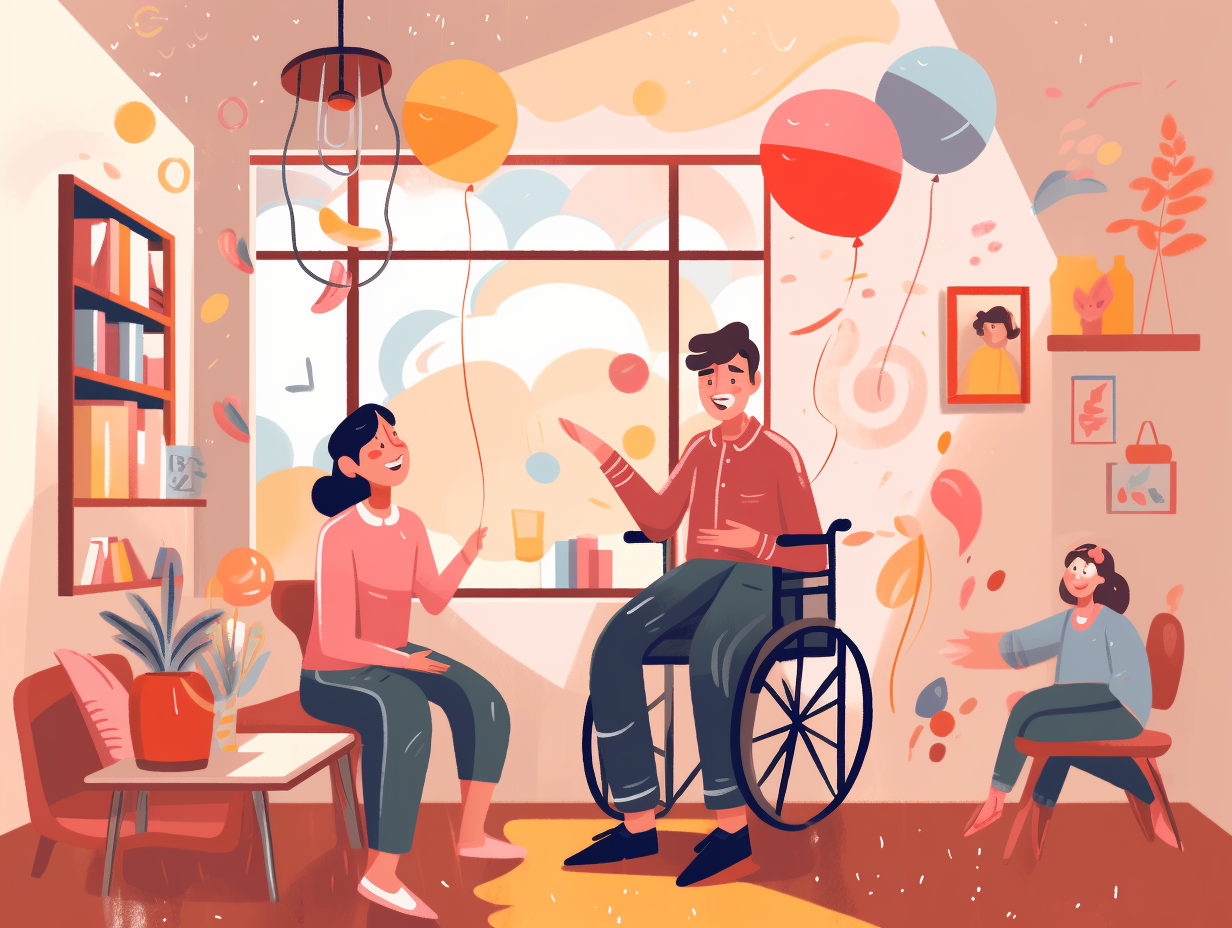
5. Small Classrooms, Big Wins for Special Needs
When life gives you lemons, you make lemonade; when it hands you a small classroom, you might just make great strides with special education: Studies show that smaller class sizes can significantly improve academic achievement and socioemotional development for students with special educational needs, although the ideal reduction in size and initial class configurations still warrant further research.
Source => onlinelibrary.wiley.com
6. When LRE Meets FAPE: A Kumbaya Story
If an LRE met a FAPE at a Kumbaya sing-along, they'd be best friends forever: The Individuals with Disabilities Education Act (IDEA) promotes the least restrictive environment (LRE) provision, ensuring children with disabilities learn alongside their non-disabled peers to the fullest extent possible, using supplementary aids and services when needed, and only resorting to separate classes or schools if absolutely necessary, all in the quest to provide a free appropriate public education (FAPE) in the most harmonious way possible.
Source => fortelawgroup.com
7. Text-to-Speech: Charming the Pants Off Books
Who knew a robot's voice could charm the pants off a good book: Text-to-speech technology, like Speechify, has been shown to significantly improve literacy skills in students with learning disabilities like dyslexia and visual impairments, leading them to better grasp concepts, stay motivated, and even perform better on tests and in their overall education.
Source => speechify.com
8. The More the Merrier: Inclusive Classrooms
Remember that age-old adage, "the more, the merrier"? It turns out that this holds true in classrooms too, especially when we have kiddos of all abilities learning and laughing together – it's like the ultimate example of "diversity is our strength" in action! Here's the reality check: Inclusive education benefits everyone involved, as students without special needs develop greater empathy and acceptance while learning alongside their special needs classmates. These interactive environments foster academic achievement, social skills, and positive attitudes towards diversity – making the whole learning experience a fun-filled fiesta!
Source => frontiersin.org
9. Buzz Lightyear Teachers: To Employability & Beyond!
Special education teachers: to infinity and employability! They’re like the Buzz Lightyears of the education world, jetting from one teaching gig to another with ease: With a master's degree in special education, not only can these in-demand experts find roles in management, casework, or the non-profit sector, but they can also zoom through state lines for job opportunities faster than you can say "To the classroom...and beyond!"
Source => arborstaffing.com
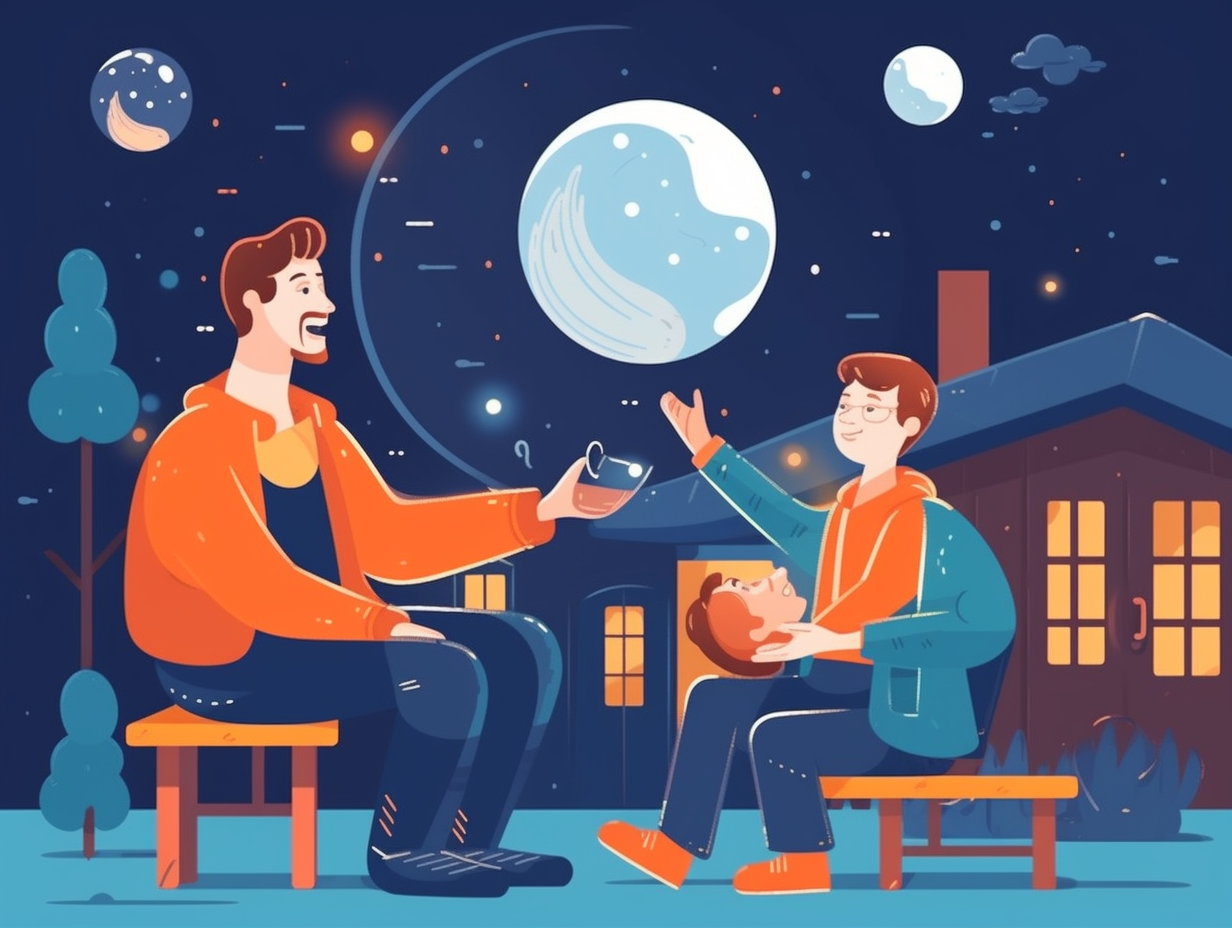
10. Einstein, da Vinci, Edison: Not Just Dyslexic Wunderkinds
You can't always blame it on the boogie, or dyslexia for that matter: There's no concrete proof that dyslexia contributed to the success of intellectual icons like Albert Einstein, Leonardo da Vinci, and Thomas Edison; rather, their remarkable triumphs were products of their extraordinary intelligence, ingenuity, and dogged determination.
Source => dyslexia.learninginfo.org
11. Dynamic Duo: Co-Teachers to the Rescue
When two teachers walk into a classroom, you might expect a punchline, but instead, you get double the education power: Co-teaching, a dynamic duo of general and special education teachers, is the most popular method for delivering personalized instruction to students with disabilities in the least-restrictive environment, benefiting every student who needs a little extra help to tackle their lessons with gusto.
Source => exceptionalchildren.org
12. Beverly, MA: Pioneering Special Education since 1913
In a classic case of "better late than never," the lovely town of Beverly, Massachusetts decided to up its special education game way back in 1913: From having its first individualized assistance for disabled students to establishing three classes specifically for atypical children in 1915, Beverly took a running leap into special education by 1931, fully embracing the needs of their mentally challenged students with dedicated classrooms and resources.
Source => primaryresearch.org
Related Fun Facts

